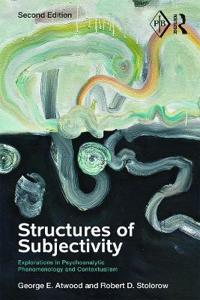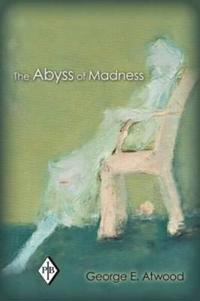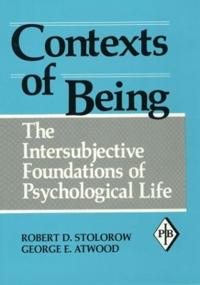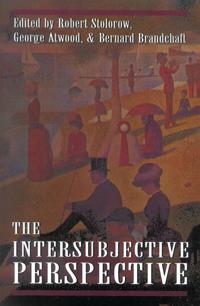Structures of Subjectivity (Häftad)
avGeorge E. Atwood
ISBN: 9780415713887 - UTGIVEN: 2014-05Structures of Subjectivity: Explorations in Psychoanalytic Phenomenology and Contextualism, is a revised and expanded second edition of a work first published in 1984, which was the first systematic presentation of the intersubjective viewpoint - what George Atwood and Robert Stolorow called psychoa[...]
The Abyss of Madness (Häftad)
avGeorge E. Atwood
ISBN: 9780415897105 - UTGIVEN: 201110Despite the many ways in which the so-called psychoses can become manifest, they are ultimately human events arising out of human contexts. As such, they can be understood in an intersubjective manner, removing the stigmatizing boundary between madness and sanity. Utilizing the post-Cartesian psycho[...]
Psychoanalytic Treatment (Pocket)
avRobert D. Stolorow, Bernard Brandcaft, George E. Atwood
ISBN: 9780881633306 - UTGIVEN: 2000-03-14In the sequel to "Structures of Subjectivity "(1984), the authors apply the intersubjective approach to a wide array of clinical issues critical to psychoanalytic therapy, including the analysis of transference, resistance, psychic conflict, and the treatment of borderline and psychotic states. Rich[...]
Working Intersubjectively: Contextualism in Psychoanalytic Practice (Pocket)
avDonna M. Orange, George E. Atwood, Robert D. Stolorow
ISBN: 9780881633603 - UTGIVEN: 2001-09-01This overview of intersubjectively theory offers contextualist critiques of the concept of psychoanalytic technique and of the myth of analytical neutrality, intersubjective contexts of extreme states of psychological disintegration and what it means to think and work contextually.[...]
Contexts of Being (Häftad)
avRobert D. Stolorow, George E. Atwood
ISBN: 9780881633887 - UTGIVEN: 200207In this volume, the authors complete the circle begun with Faces in a Cloud (1979) and continued with Structures of Subjectivity (1984) and Psychoanalytic Treatment: An Intersubjective Approach (1987- with Brandchaft). They now extend intersubjectivity theory to a rethinking of the foundational pill[...]
The Intersubjective Perspective (Pocket)
avRobert D. Stolorow, George E. Atwood, Bernard (EDT) Brandchaft
ISBN: 9781568210537 - UTGIVEN: 1994-04This remarkable book is required reading for all mental professionals because it is the most comprehensive and articulate presentation about the recent changes in psychoanalytic theory concerning the inclusion of relational and interactional concepts. The authors' conception of a system of different[...]








